Home » Our work » Exhibitions » My World, My Future – Wiltshire Museum
Wiltshire Museum worked with Devizes 4th Guides and Rangers on the Climate Emergency project. Led by artist James Aldridge, they used recycled and reused materials to express their concerns about housing development around their local beauty spot, Drews Pond Wood. Their work was pulled together to create the impressive protest banner (above).
The museum will add the banner to its permanent collection to preserve the voices of these young women and their views about protecting their local environment.
The Guides (aged 10-14) and Rangers (aged 14-18) felt strongly that their opinions aren’t listened to by adults or governments, and are incredibly anxious that adults are destroying the world they are growing up in.
They were eager to use this project to show the importance of speaking out about protecting the environment. They were keen to emphasise the idea of sustainability, so they used repurposed materials throughout the project.
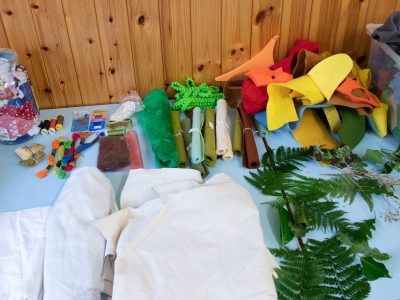
Drews Pond and the surrounding woodland have long been at risk from housing development. The Drews Pond Project has been campaigning to have 10 of the areas around the pond designated as a Local Green Space protected for wildlife and historical significance.
Many local people have spoken out against this development, and this concern has spread to young people. This group was particularly concerned because the woodland was so important for people’s mental health during the Covid-19 lockdowns.
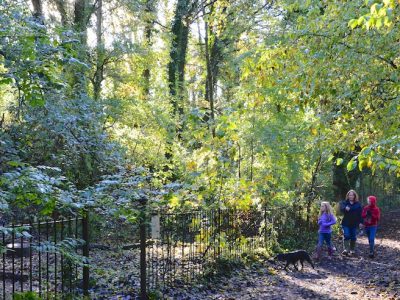
The group expressed their concerns by making a protest banner. They created individual rectangles using scraps of fabric, foam, ribbon, fabric pens, yarn, and sewing techniques. Artist James Aldridge then put them all together to create the beautiful banner.
The items were all reused, recycled or repurposed materials acquired either from donations, left over guide projects, or from the Wiltshire Scrapstore.
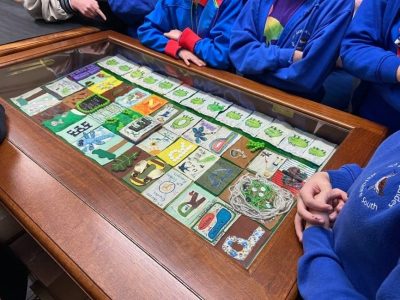
The group were also keen to take their protest outside. Children had already been leaving painted stones in the woodland for other youngsters to find.
So the group began to design stones with their protest messages and pictures on them. Some will be spread around the woodland to share with the rest of the community. Finders will be encouraged to share these on social media using the tag #protectdrewspond, before leaving them for the next person to find. Others are being added into the museum’s collection in memory of the project.
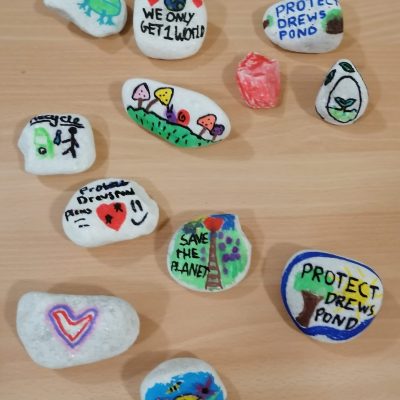
Part of the project involved doing research into the area. The group discovered that Drews Pond Wood is a Local Nature Reserve. It is home to many different species, including birds, butterflies, and the rare Bechstein’s and Barbastelle bats. These bats are priority species on the UK Biodiversity Action Plan and listed on the IUCN Red List as Near Threatened in Europe. Bat boxes have been installed to help protect these rare creatures.
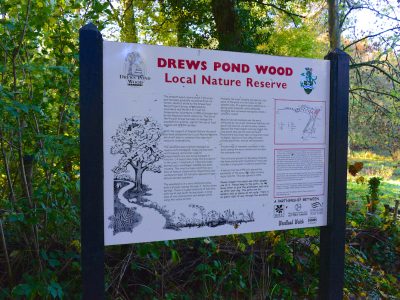
Using the museum’s collections, the group found that the area has been used by people for many years. They compared the photos below – those on the left show the path and pond today. The postcards on the right show how these areas looked in the early 20th century.
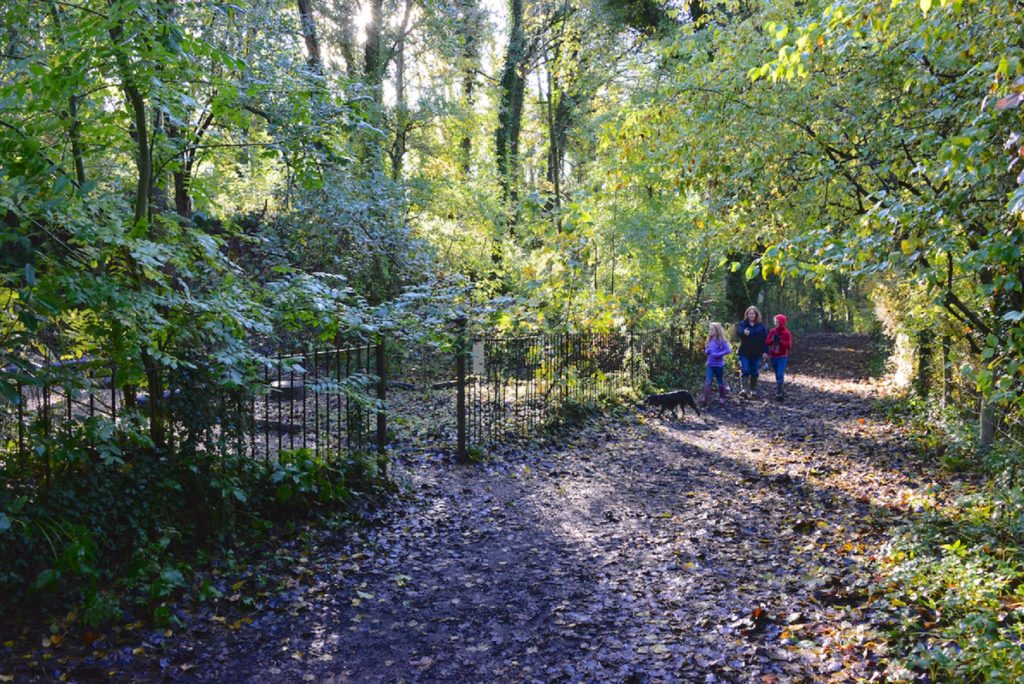
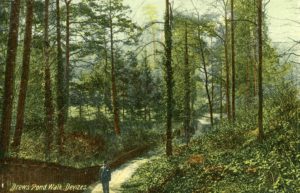
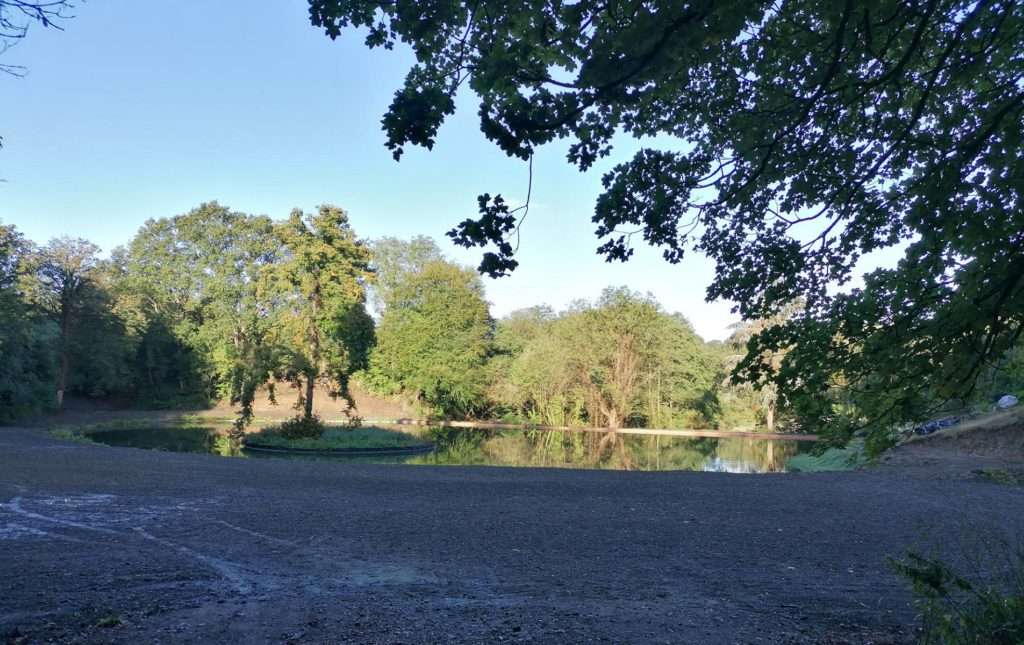
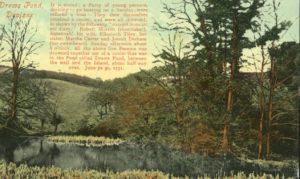
The project included looking at ancient finds in the museum’s collection. These show just how long people have been using the area. The group imagined who these items might have belonged to, and why they were lost or discarded. The objects included:


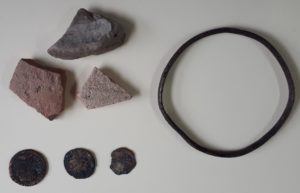
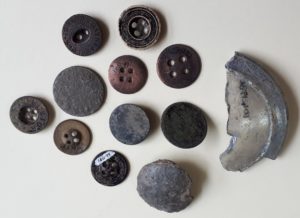
| Cookie | Duration | Description |
|---|---|---|
| cookielawinfo-checkbox-analytics | 11 months | This cookie is set by GDPR Cookie Consent plugin. The cookie is used to store the user consent for the cookies in the category "Analytics". |
| cookielawinfo-checkbox-functional | 11 months | The cookie is set by GDPR cookie consent to record the user consent for the cookies in the category "Functional". |
| cookielawinfo-checkbox-necessary | 11 months | This cookie is set by GDPR Cookie Consent plugin. The cookies is used to store the user consent for the cookies in the category "Necessary". |
| cookielawinfo-checkbox-others | 11 months | This cookie is set by GDPR Cookie Consent plugin. The cookie is used to store the user consent for the cookies in the category "Other. |
| cookielawinfo-checkbox-performance | 11 months | This cookie is set by GDPR Cookie Consent plugin. The cookie is used to store the user consent for the cookies in the category "Performance". |
| viewed_cookie_policy | 11 months | The cookie is set by the GDPR Cookie Consent plugin and is used to store whether or not user has consented to the use of cookies. It does not store any personal data. |

Males great bustards perform spectacular courtship displays, gathering at a ‘lek’ or small display ground to try to impress the females.
The great bustard has a dignified slow walk but tends to run when disturbed, rather than fly.
The hen-bird on display at The Salisbury Museum was one of the last great bustards to be eaten in the town!